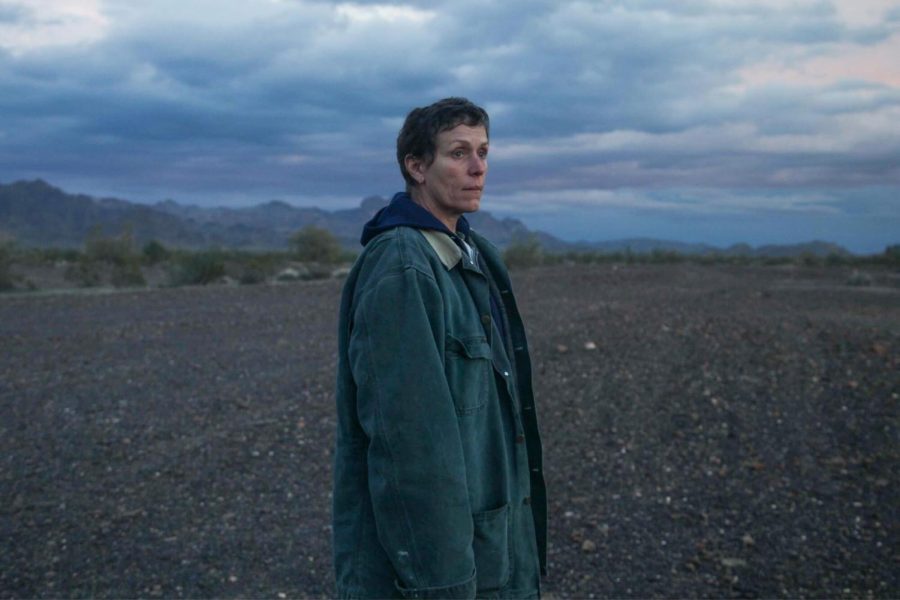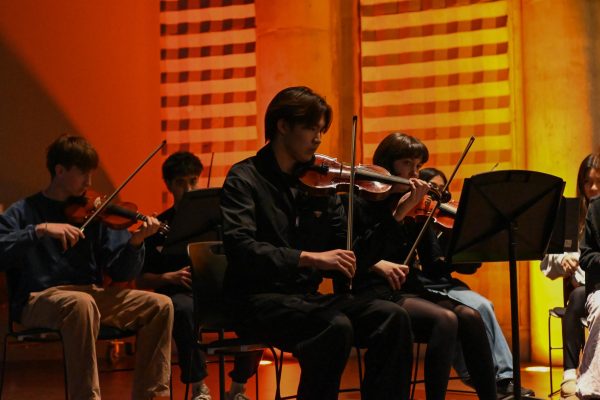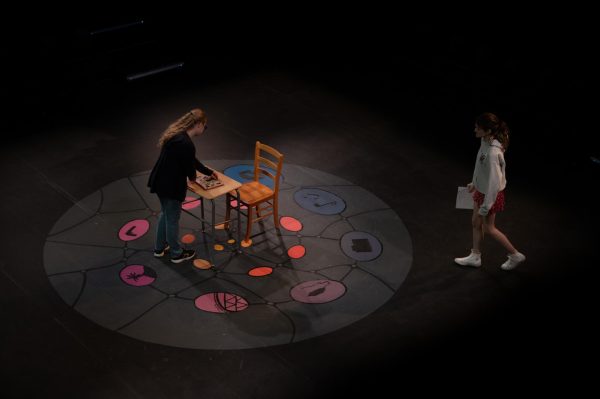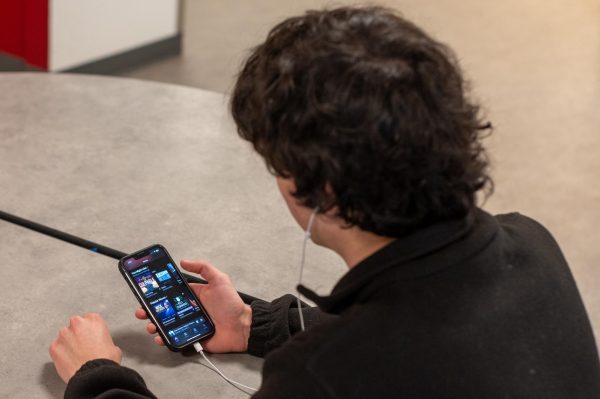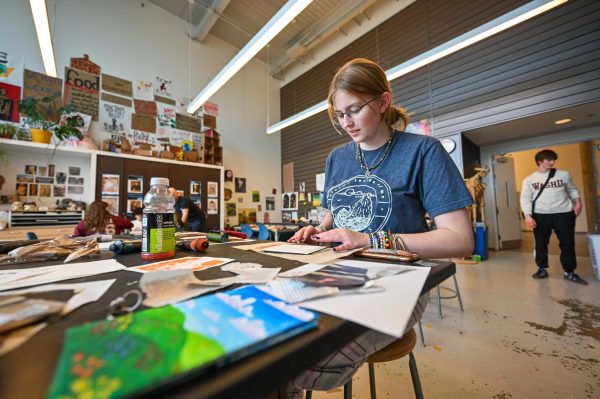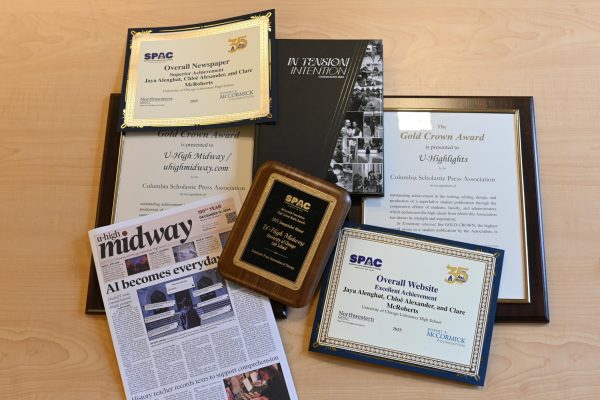‘Nomadland’ shows an earnest view to nomadic living
Searchlight Pictures
2020 film “Nomadland” reminds us there is no single way of life in its almost documentary-style of filming.
“I’m not homeless, I’m just houseless,” a woman says to a teenager she knows. She’s just gotten off of her shift at an Amazon warehouse and is hanging out in a sporting goods store. After the encounter with the teenager’s family, who offer her to stay with them, she retires to her van, which she calls Vanguard.
Though “Nomadland” is considered a drama/western film, it functions almost as a documentary by weaving a fictional character into the stories of real people. “Nomadland” isn’t explicitly political but uses intimacy to give audiences an earnest look into living in the post-recession America of the 2010s. The movie, which was awarded Golden Globes for best drama and best direction of a motion picture, can be streamed on Hulu or watched in select theaters.
“Nomadland” follows Fern, a widow who lived with her husband in Empire, Nevada, where they worked there for US Gypsum, but after the plant was shut down, the town emptied along with it. The movie tells the story of how she leaves the town she loved after the death of her husband to travel the country in her van.
Based on the non-fiction book “Nomadland” by journalist Jessica Bruder, the film was adapted by director Chloé Zhao and integrates Fern, a fictional character who functions as a vehicle, giving us looks into the stories of the non-fictional characters from Bruder’s book.
Nearly all the characters but Fern (Frances McDormand) are people playing themselves.
Like Fern, the nomads have experienced loss and are trying to cope. They look for answers to the question of how to live after losing a loved one.
Fern’s friend Linda May, who she met working at Amazon, tried to convince her to meet her at Rubber Tramp Rendezvous, a group of nomads teaching each other how to live on the road. While Fern was reluctant to leave Empire at first, after her job at Amazon ended and she was unable to find another job in the town, Fern decided to drive down to the Arizona desert to the nomads. Sitting around the campfire, the nomads share their stories of loss and healing.
“He told me before he died, ‘Just don’t waste any time, Merle. Don’t waste any time.’ So I retired as soon as I could,” a woman said about her coworker on the cusp of retirement who died from liver failure, never having been able to use the sailboat waiting for him in his driveway. “I didn’t want my sailboat to be in the driveway when I died. So, yeah, and it’s not. My sailboat’s out here in the desert.”
After the promise of retirement and late-life is undermined by sudden death and loss, the nomads, most of them elderly, are forced to question how they want to spend the rest of their time. They find freedom in life on the road, unattached and unsettled.
Yet this freedom isn’t as vast as the stunning scenes of the American wilderness Ms. Zhou captures. The nomads even while in the wilderness have to live under the constraints of modern-day society.
When Fern’s van breaks down and needs repairs, she is told it would be best for her to sell it. She tells the mechanics she can’t sell the van as it’s her home. Because she can’t afford to repair it, she goes to stay with her sister and has to borrow money for the repairs. This is the first we hear of her sister, who lives a settled life with a husband who is a real estate agent. Zhao shows throughout the movie how Fern and the nomads are still tethered to society.
“Nomadland” is an honest and beautiful look into the lives of Americans who are looking for an alternative way of living. Zhao highlights the stories of people who are actively trying to make the most of their lives and redefining what it means to live.
“It’s like my dad used to say, ‘What’s remembered lives.’ I maybe spent too much of my life just remembering,” Fern said, quoting her dead father.
“Nomadland” pushes the audience to question the way they spend their lives.




















































